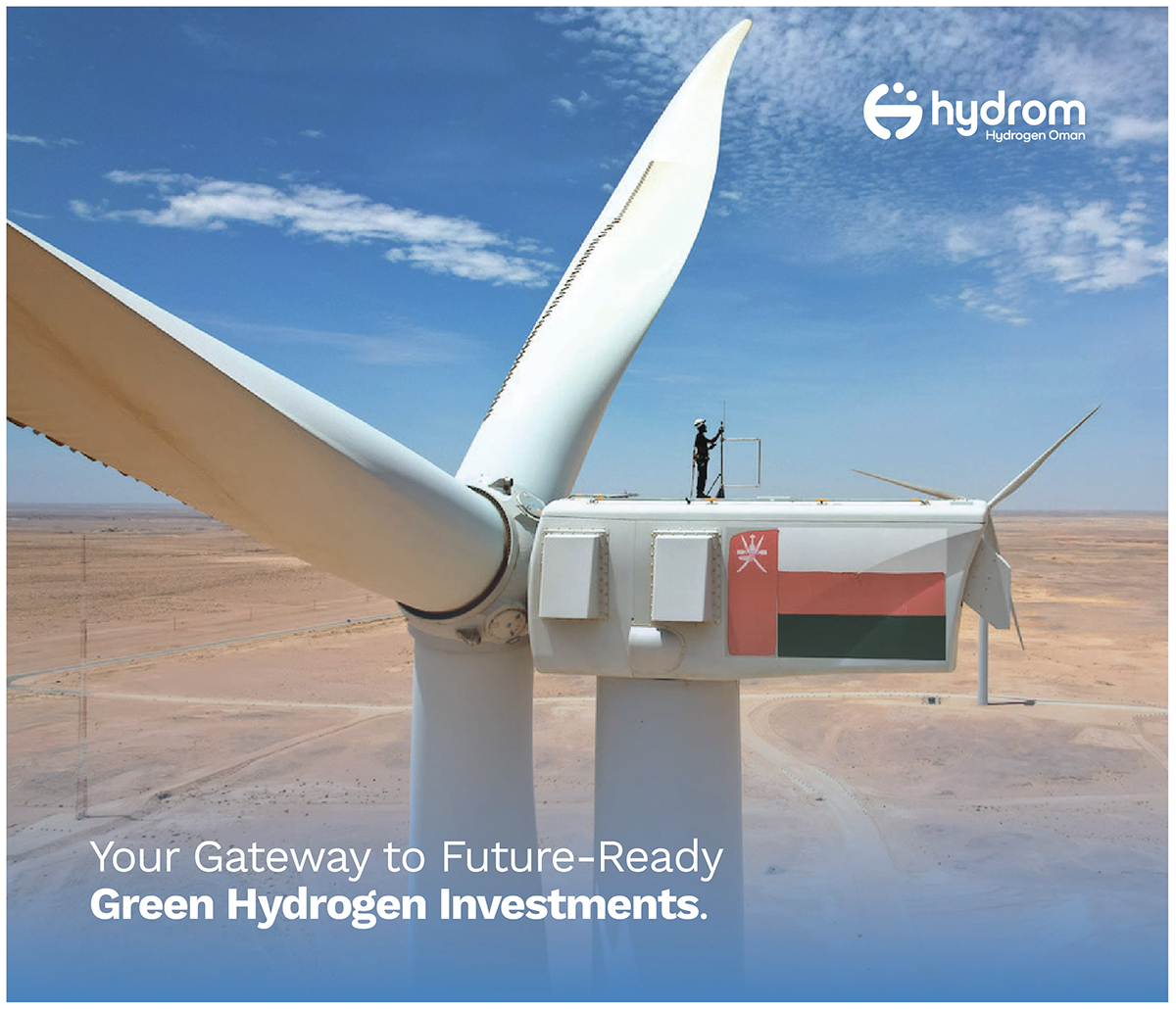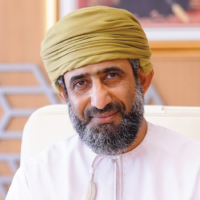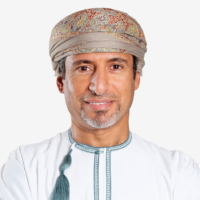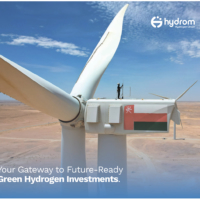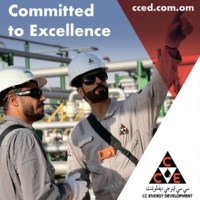In 2022, Oman announced an ambitious target to achieve net-zero emissions by 2050 and immediately began to reduce fossil fuel use in its domestic energy mix. The government also began to assess various forms of renewable energy and quickly determined that it was well placed to produce large quantities of low-emission hydrogen.
This led to the establishment of an independent entity, Hydrogen Oman (Hydrom), which was tasked with leading and managing the hydrogen strategy. Determined to position itself as a global leader in the emerging hydrogen sector, more than 1,500 square kilometers of land have been put aside for development and up to 40 times more land has been identified for potential production in the long term.
Oman now aims to produce at least 1 million tons of renewable hydrogen a year by 2030, up to 3.75 million tons by 2040 and as much as 8.5 million tons by 2050, which would be greater than total hydrogen demand in Europe today. The 2040 hydrogen target would represent 80% of Oman’s current liquefied natual gas exports in energy-equivalent terms, while achieving the 2050 target would almost double them.
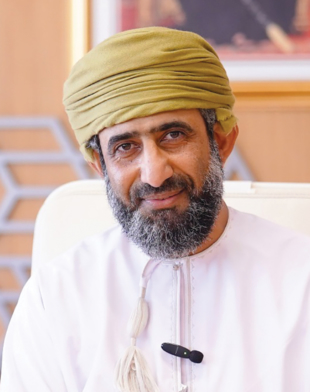
“Hydrom was officially launched in 2022 by royal directive to lead Oman’s green hydrogen strategy execution. As the national orchestrator, its mandate includes setting the strategy and advising the government on policies and the legal framework for the sector, in addition to delineating government-owned lands earmarked for hydrogen,” said Abdulaziz al Shidhani, managing director of Hydrom.
“Hydrom is also responsible for structuring large-scale ventures, managing the allocation process to developers and enabling the development of shared infrastructure and related industrial hubs.
“In November 2022, Hydrom launched Oman’s first green hydrogen auction round, focused on the Duqm region, successfully concluding with the signing of two 47-year contracts with international consortia. To ensure a fully integrated ecosystem, Hydrom either addresses gaps directly or engages in strategic partnerships. In parallel, we launched a separate work stream called ‘legacy initiatives’ to collaborate with developers who had already identified land, provided they aligned with regulatory frameworks.
“Through this approach, we signed three additional projects in Duqm, bringing the total to five consortia with diverse investors from Europe, Asia and Oman. In June last year, we opened new opportunities in Dhofar, successfully closing round two with two public auction signings and one legacy initiative. Japanese companies played a key role, with Marubeni leading the SalalaH2 legacy project in Salalah and J-Power joining EDF Group in a publicly awarded bid.
“Our road map is divided into three phases. The first phase, from 2025 to 2030, focuses on project launches, securing offtake agreements and establishing long-term hydrogen production and consumption deals. The second phase, from 2030 to 2040, expands our role and creates more local opportunities. The third phase, from 2040 to 2050, is a full-scale integration of hydrogen into Oman’s energy economy. Our vision is to position Oman as a global green hydrogen hub, while our mission is to maximize economic value through this sector.”
While many nations are competing to establish themselves as leaders in green hydrogen, Oman has a unique opportunity to leverage its geographical advantages and renewable energy resources. In fact, based on an analysis of the country’s current project pipeline by the International Energy Agency, the sultanate is on track to become the sixth-largest exporter of hydrogen globally, and the largest in the Middle East, by 2030.
“Oman has a competitive advantage, geographically, it provides direct trade routes without passing through the Strait of Hormuz, which is an important selling point. We are close to internationally operated ports, including Salalah, with a strong global track record. The country also has vast uninhabited lands with year-round solar and wind potential, enabling high renewable output at globally competitive costs,” al Shidhani said.
“What was missing was a clear vision and regulatory framework, both of which have now been established through Hydrom. This has instilled confidence in investors, helping Oman secure a leading position in green hydrogen in just two years.”
While much has already been achieved in the three years since Hydrom was founded, it is just the start of the process and a third round of public bidding on lands for green hydrogen projects has already been opened. This bidding process aims to attract international and local investors, with a focus on enhancing in-country value and preparing the necessary infrastructure.
The new bidding round will introduce innovative mechanisms like double-sided auctions, refined block strategies and streamlined processes to align hydrogen production with industries such as green steel and fertilizers.
“We are aiming to receive bids by Christmas, with contracts awarded in early 2026,” al Shidhani said. “Oman is open, ready, and committed to leading the next chapter of the global energy transition and we welcome companies that share our vision and are ready to grow with us.”
While Hydrom is positioning Oman as a leader in green hydrogen production, the Ministry of Energy and Minerals is advancing the country’s renewable energy sector through large-scale solar and wind projects. The sultanate aims to develop 5,000 megawatts of solar and 1,150 megawatts of wind energy by 2030, which will be key to achieving 30% to 40% renewable energy in electricity production.
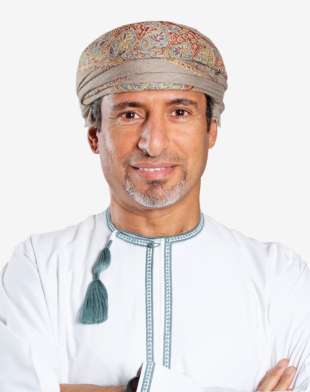
To meet these targets, Oman has initiated several major projects and has received significant support from companies in Japan. “Japan’s involvement in this transition to renewable energy has been instrumental,” said Salim Nasser al Aufi, minister of energy and minerals.
“Marubeni Corp. has led the development of Oman’s first 100-MW solar independent power producer project at Amin. Additionally, Mitsubishi Heavy Industries is collaborating with Oman to advance gas and hydrogen-powered electricity generation, reinforcing both nations’ commitment to energy transition.”
Furthermore, Oman’s Ministry of Energy and Minerals and Japan’s Ministry of Economy, Trade and Industry recently signed a memorandum of understanding with the Japan Organization for Metals and Energy Security to strengthen cooperation in crude oil, natural gas and clean energy.
“Japan is a strategic partner for Oman, and this relationship has gained momentum over the past two years,” al Shidhani said. “The MOU signed with Japan’s Ministry of Economy, Trade and Industry has established a strong framework for clean energy collaboration. Since then, high-level government exchanges have taken place, and Japanese investment in Oman’s power, logistics, and hydrogen sectors has continued to grow.
“Companies such as Marubeni, Mitsubishi, and J-Power have expanded their presence, supported by export credit agencies including the Japan Bank for International Cooperation. Unlike many symbolic agreements, this MOU is being actively implemented. Two Japanese firms are already engaged in Oman’s hydrogen program, with regulatory discussions and technical planning underway, translating the agreement into real-world progress.”
While international companies are set to play a key role in helping Oman achieve its renewable energy targets, homegrown businesses also have an important part to play. This includes CC Energy Development, which, since its inception in 2007, has been a major player in the country’s oil and gas sector.
Recently celebrating a major milestone, the production and export of 150 million barrels of oil from Blocks 3 and 4 in Oman, CCED’s vision supports Oman’s long-term goals and sustainability remains central to its operations.
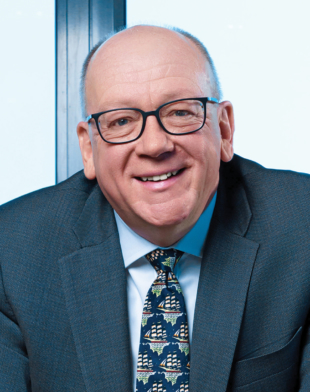
“I don’t see environmental practices as a balance, but as integral to business success,” said Walter Simpson, former managing director of CCED.
“Just like safety, good environmental management drives efficiency and reduces costs. By improving efficiency and reducing consumption, we lower greenhouse gas emissions and save money.
“We also manage waste and water effectively. Given the oil and gas industry’s water production, we use it for pressure support or dispose of it responsibly in subsurface reservoirs, protecting shallow aquifers. Proper waste segregation, recycling and reducing usage all cut costs and contribute to business efficiency.
“For us, good environmental practice is simply good business. Previously, we transported gray water with diesel tankers over 100 kilometers to Duqm’s sewage plant. Now, we use 40-foot mobile reed bed containers at all our camps. These systems clean the water, allowing us to reuse it for irrigation and greening the site. This reduces emissions, diesel costs and the need for tankers, while improving the environment for our staff in the desert.
“We also compost food waste from our camps and combine it with water from gray water tanks to create irrigation and fertilizer for our plants. This creates a virtuous cycle, reducing waste, saving money on transport to municipal sites, and providing a greener environment for our staff,” Simpson said.
https://info.japantimes.co.jp/international-reports/pdf/20250625B-GI_Oman.pdf
https://global-insight.net/
